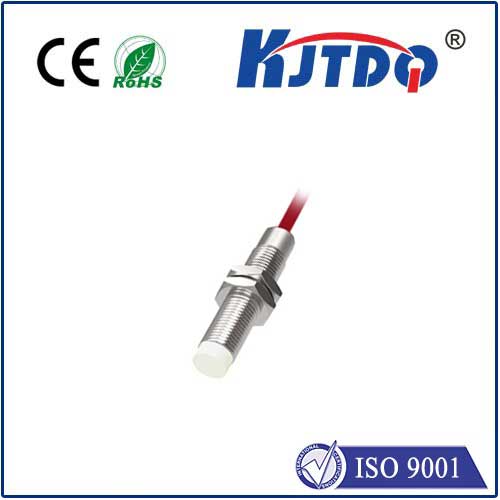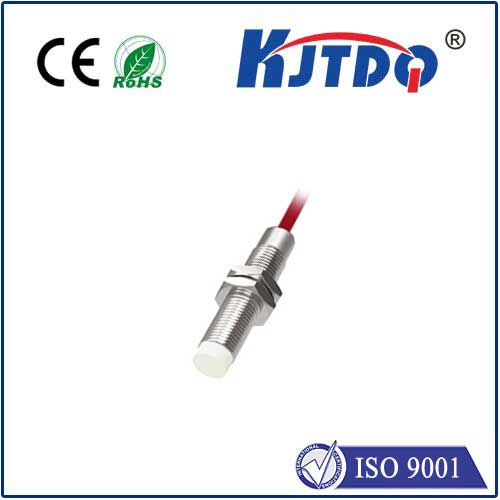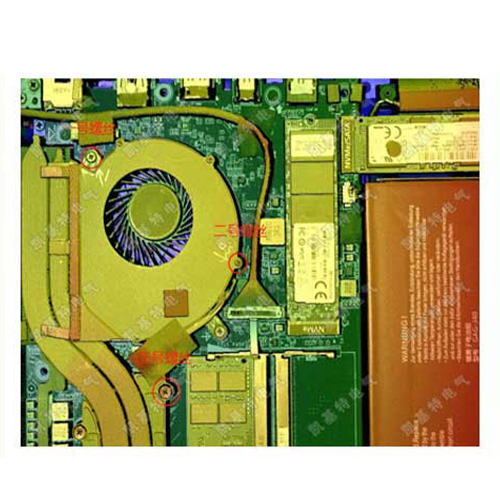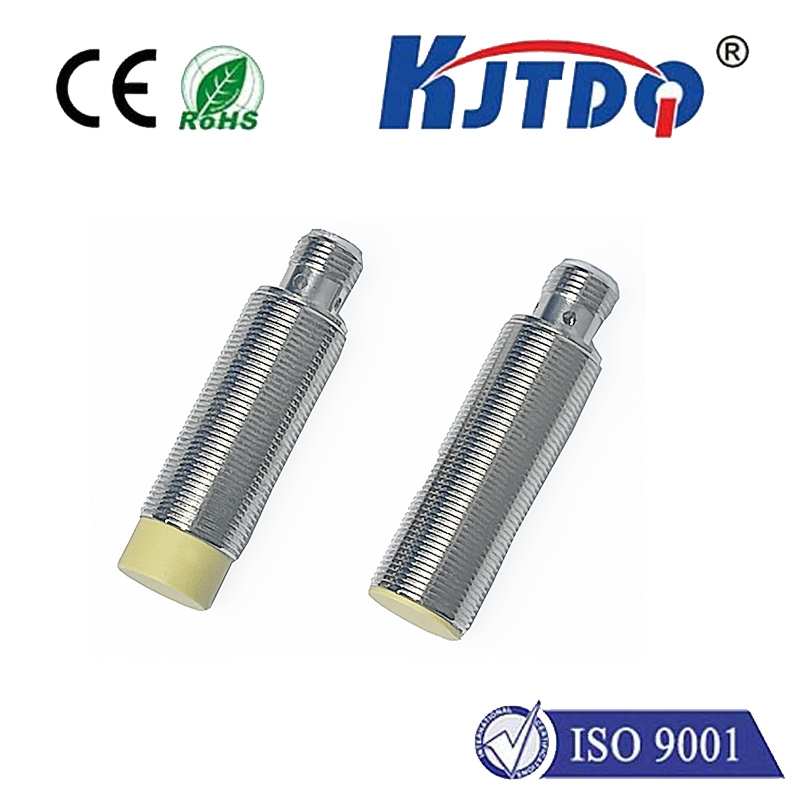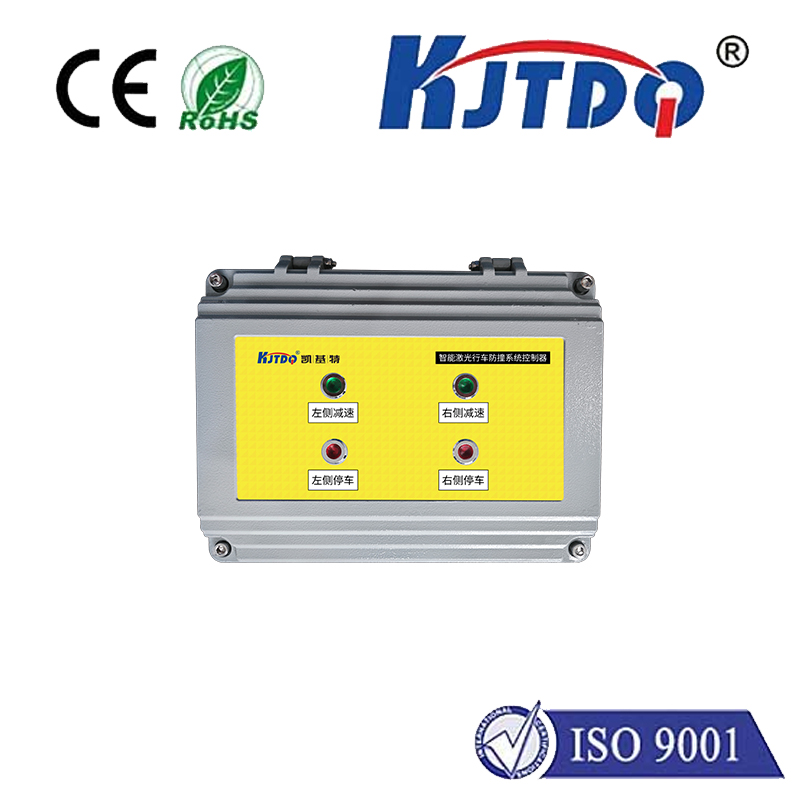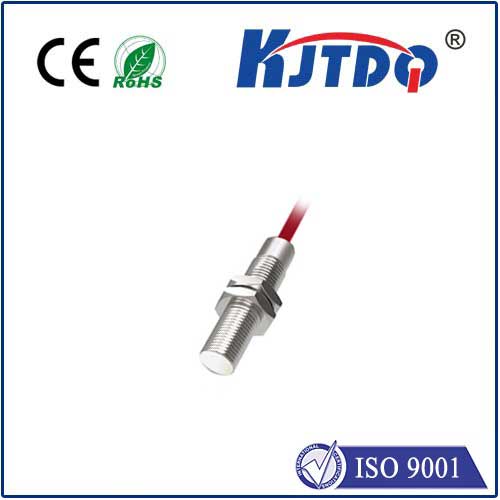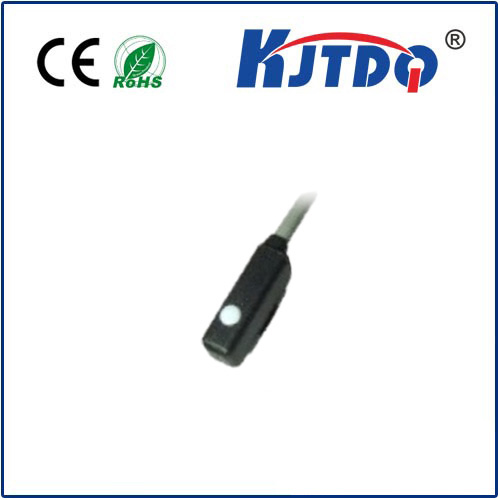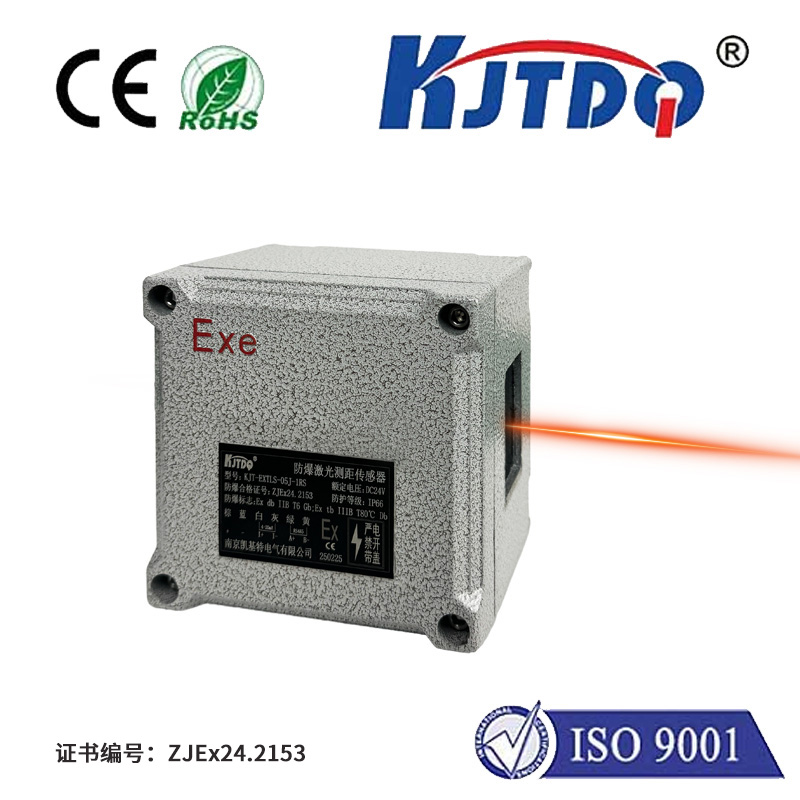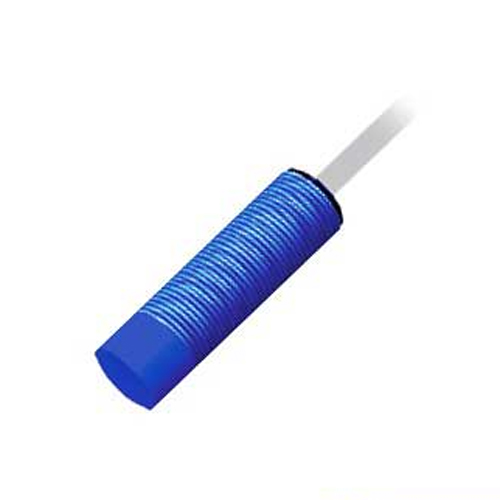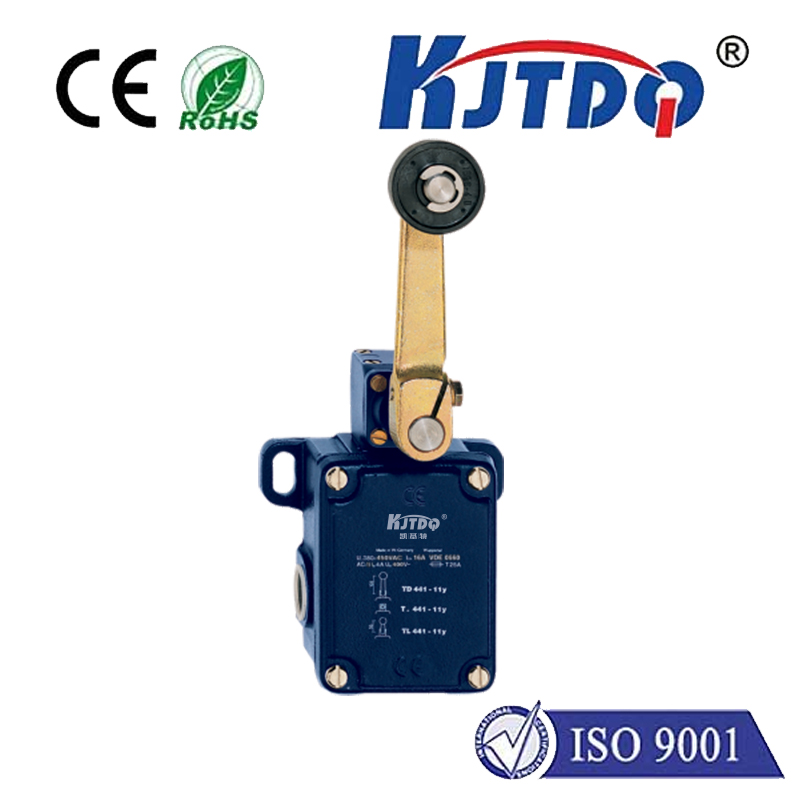BES0149 high pressure proximity sensor
- time:2025-10-13 14:01:55
- Click:0
BES0149 High Pressure Proximity Sensor: Precision Sensing Where Pressure Peaks
Imagine a crucial component silently failing within a hydraulic press, a critical valve sticking on a high-pressure injection molding machine, or a piston position being misread in a subsea actuator. The culprit? Often, it’s a sensor unable to withstand the immense environmental pressures, leading to downtime, safety risks, and costly repairs. This is precisely where specialized solutions like the BES0149 High Pressure Proximity Sensor step into the spotlight. Designed explicitly for environments where standard sensors falter, the BES0149 represents a critical tool for ensuring reliability and precision in demanding industrial applications where pressure isn’t just a factor; it’s the defining challenge.
Beyond Standard Sensing: The High-Pressure Imperative
Traditional inductive proximity sensors are workhorses of automation, reliably detecting metallic objects without physical contact. However, their Achilles’ heel lies in their susceptibility to external pressure. Standard housings and sealing mechanisms simply aren’t engineered to withstand the hundreds or even thousands of bar (or psi) encountered in applications like:
- Hydraulic Power Units: Monitoring cylinder positions, valve states, or pump conditions.
- Die Casting & Injection Molding Machines: Tracking mold movements, clamp positions, and ejector pins under extreme injection pressures.
- Oil & Gas Exploration/Production: Subsea equipment, wellhead controls, and pipeline valve actuation.
- High-Pressure Testing Rigs: Verifying component positions during pressure vessel or pipe testing.
- Heavy Machinery: Tracking critical linkages and actuators in excavators, presses, and forging equipment.
In these scenarios, standard sensor failure isn’t an inconvenience; it can halt production lines, compromise safety systems, and lead to catastrophic equipment damage. The BES0149 is engineered from the ground up to thrive where others fail. Its defining characteristic is a robust housing and specialized sealing technology specifically designed to withstand extreme external pressures without compromising its sensing function or integrity.

Unpacking the BES0149: Engineered Resilience Meets Precision
The BES0149 High Pressure Proximity Sensor isn’t merely a ruggedized version of a standard sensor; it incorporates specific features tailored for its harsh operating environment:
- Exceptional Pressure Rating: This is the core differentiator. The BES0149 is built to operate reliably at significantly higher external pressures than standard inductive sensors. While specific ratings vary by model and configuration (always consult the datasheet!), it’s common to find variants rated for several hundred bar upwards, making it suitable for the most demanding hydraulic and pneumatic systems.
- Robust, Hermetic Sealing: Achieving high-pressure resistance requires more than just thick walls. The BES0149 utilizes advanced sealing techniques, often involving specialized materials and hermetic sealing processes (like glass-to-metal seals) at critical points (especially the sensing face and cable entry), preventing media ingress even under sustained high load.
- High-Grade Housing Materials: Typically constructed from corrosion-resistant stainless steel (like 303, 304, or 316L), the housing provides excellent mechanical strength to withstand pressure forces and offers inherent resistance to aggressive fluids often found in industrial environments (hydraulic oil, coolants, seawater).
- Reliable Inductive Sensing Principle: At its heart, the BES0149 uses a robust inductive sensing method. It generates an electromagnetic field; when a metallic target enters this field, it induces eddy currents, causing a change in the oscillator circuit, which the sensor detects. This technology is inherently resistant to dirt, dust, and non-metallic contaminants, making it ideal for harsh industrial settings beyond just the pressure.
- Stable Performance: Despite the environmental extremes, the BES0149 is designed to maintain a consistent and reliable switching point. Temperature fluctuations, common in high-pressure systems, are compensated for to ensure accuracy.
- Diverse Configurations: Like many industrial sensors, the BES0149 often comes in various sizes (e.g., M8, M12, M18, M30 threaded barrels), sensing distances, output types (NPN/PNP, NO/NC), and cable/connector options to seamlessly integrate into diverse machinery layouts and control systems.
Where the BES0149 Shines: Key Applications
The High Pressure Proximity Sensor BES0149 finds its indispensable role in any application where sensing needs occur within enclosures or lines subjected to high fluid pressure:
- Direct Mounting on Hydraulic Cylinders: Monitoring piston rod position or end-of-stroke directly on the cylinder body, eliminating the need for complex external linkages vulnerable to misalignment or damage.
- High-Pressure Valve Position Feedback: Confirming whether critical flow control or safety valves (butterfly, ball, gate) are fully open, closed, or in a specific intermediate position, directly within the pressurized valve housing.
- Pump & Actuator State Monitoring: Detecting the position of components inside pumps or linear/rotary actuators operating under high pressure.
- Clamp & Mold Position Sensing: Providing precise feedback on mold positions in high-pressure die-casting and plastic injection molding machines, ensuring cycle accuracy and safety.
- Subsea & Offshore Equipment: Used in remotely operated vehicles (ROVs), blowout preventers (BOPs), and other equipment where high ambient water pressure is a constant factor alongside system pressures.
- High-Pressure Test Stands: Verifying component positioning and movement during pressure cycling tests without sensor failure being the limiting factor.
Integrating the BES0149: Ensuring Optimal Performance
Selecting the right BES0149 model involves careful consideration:
- Required Pressure Rating: This is paramount. Choose a sensor rated significantly higher than the maximum expected operating pressure in your application, including potential pressure spikes or surges. Safety factors are crucial.
- Media Compatibility: Ensure the sensor housing material (e.g., 316L stainless steel) is compatible with the fluid (oil, water, chemicals) it will be exposed to. Pay attention to the IP rating for dust and water ingress protection if applicable.
- Target Material: Inductive sensors require ferrous (iron-based) or non-ferrous metallic targets. Confirm the target material and size meet the sensor’s specified operating distance.
- Electrical Specifications: Match the supply voltage (typically 10-30V DC) and output type (NPN sinking, PNP sourcing, Normally Open/Closed) to your control system’s input requirements. Consider cable length and connector type for ease of installation.
- Mounting: Ensure adequate space and the correct thread size (M8, M12, etc.) for secure mounting. Proper tightening torque is essential for maintaining the pressure seal.
The Unseen Guardian of High-Pressure Reliability
While often operating out of sight, sensors like the BES0149 High Pressure Proximity Sensor play a mission-critical role in the smooth, safe, and efficient operation of countless high-pressure systems. By providing reliable, accurate position feedback where conventional sensors cannot survive, it prevents unexpected downtime, enhances safety protocols, protects valuable equipment from damage, and ultimately contributes to optimized productivity. For engineers designing, maintaining, or upgrading systems operating under extreme pressure, specifying a purpose-built sensor like the BES0149 isn’t just a technical choice; it’s an investment in fundamental operational resilience. Its robust construction and specialized design make it the trusted solution for proximity sensing where pressure defines the boundaries of performance.






